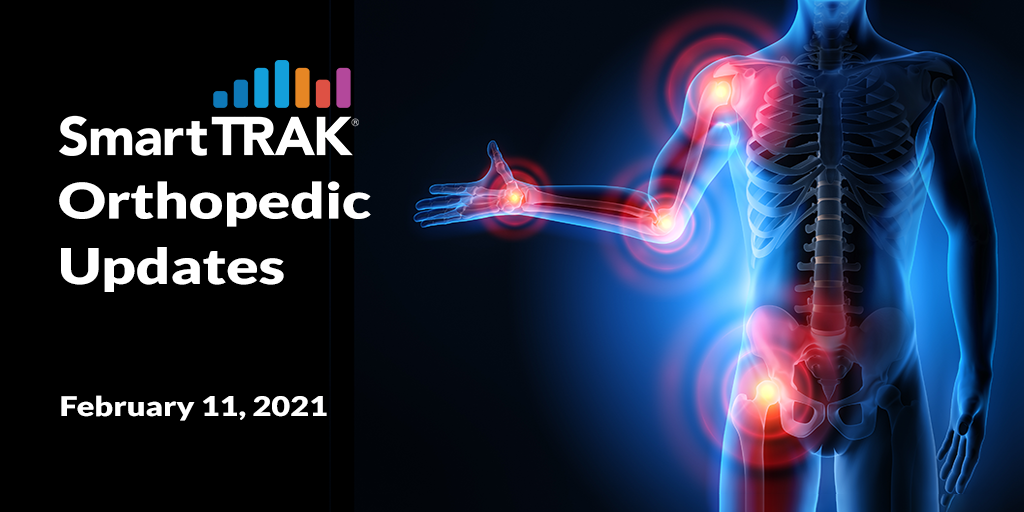Healthy growth closes out Q420 as the trauma segment recovers in the second half of the year hitting pre-COVID levels.
Despite the rise in COVID cases during Q4, the Trauma Market fared well resulting in positive YoY revenue gains that represented healthy, pre-COVID level volumes. Trauma players cited another quarter of healthy trauma growth, as the second half of the year ended on an upswing (+5.6% vs. H219). Top US market leaders, DePuy Synthes (49.4% Q420 US share), Stryker (27.3%) and Smith & Nephew (9.8%) all reported improved sequential gains.
Among the many topics covered in the comprehensive Q420/FY20 Trauma Market Recap* are:












